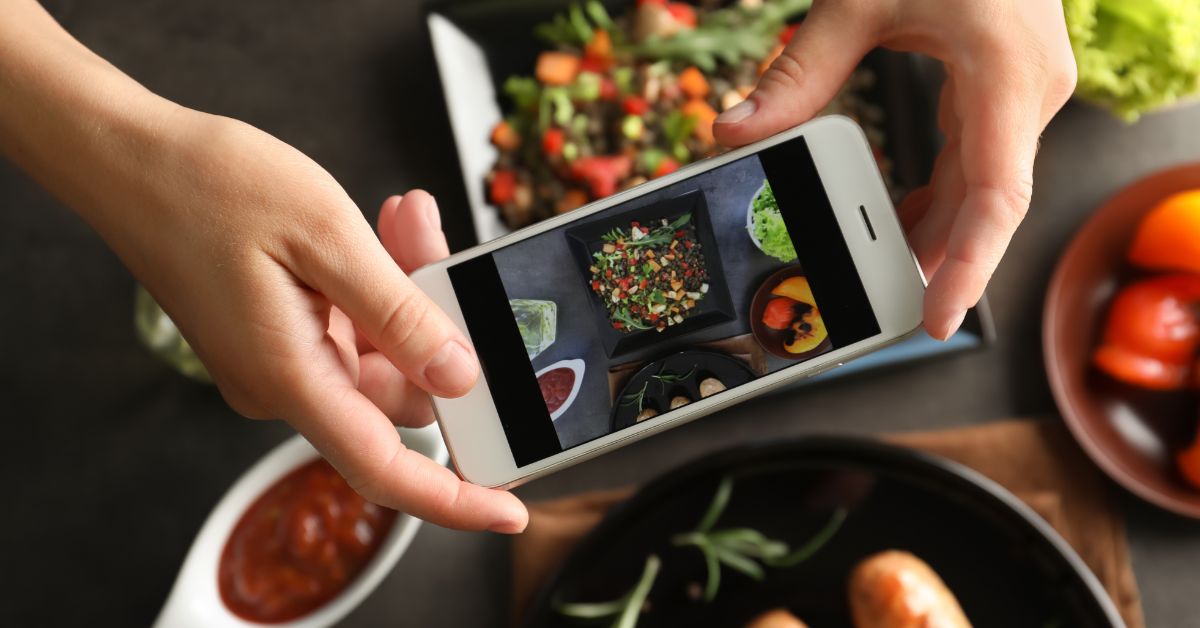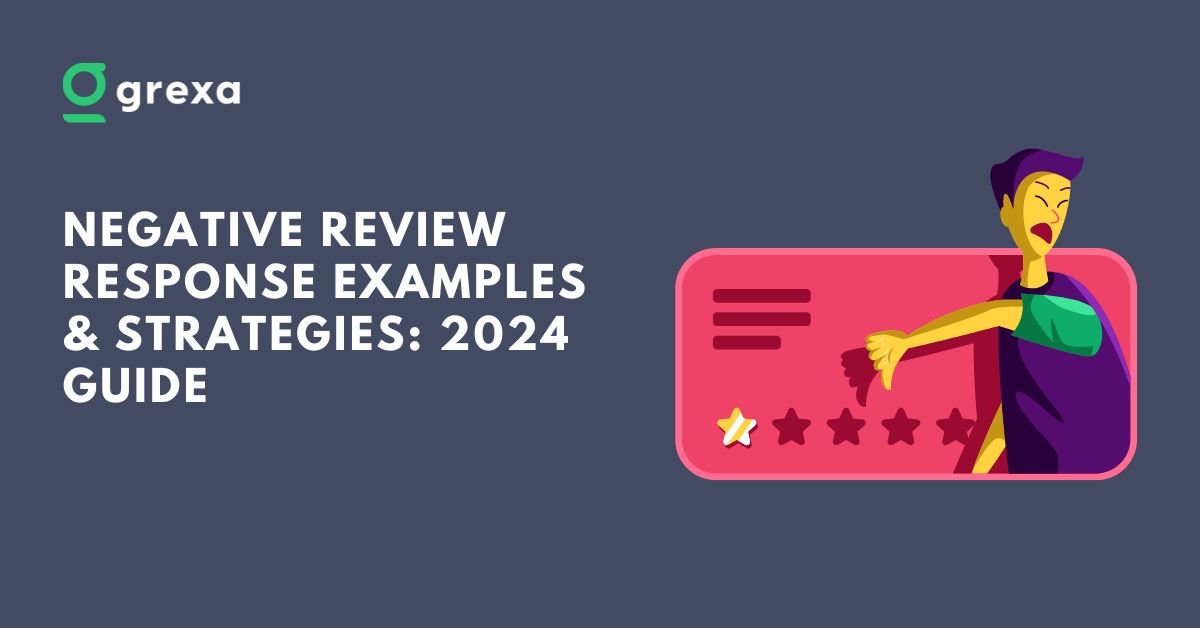Table of Contents
In the sizzling world of restaurants, great food isn’t enough. You need smart marketing to stand out. Let’s dive into Restaurant Marketing 101 and cook up a strategy that’ll have customers lining up at your door.
Appetizer: Introduction to Restaurant Marketing 101

Understanding the Recipe for Success: Why Marketing Matters
Picture this: two restaurants, side by side. One’s packed, the other’s crickets. The difference? Marketing. It’s not just about having the best burger in town. It’s about making sure everyone knows it.
Restaurant marketing is your secret sauce. It’s how you tell your story, showcase your dishes, and create buzz. Without it, you’re just another sign on a busy street.
Key Ingredients: Core Components of Restaurant Marketing
So, what goes into this marketing mix? Here’s your shopping list:
- Brand identity: Your restaurant’s personality
- Online presence: Your digital storefront
- Social media: Your conversation starter
- Email marketing: Your direct line to loyal customers
- Physical marketing: Your real-world handshake
- Community engagement: Your local connection
Mix these ingredients well, and you’ve got a recipe for success.
The Main Course: Building Your Restaurant’s Brand Identity
Crafting a Unique Brand Story
Every great restaurant has a story. Maybe it’s your grandmother’s secret recipes. Or your journey from food truck to fine dining. Whatever it is, tell it. People don’t just eat food; they consume stories.
Your brand story should be authentic, memorable, and consistent. It’s the narrative that sets you apart in a sea of restaurants. According to Grammarly, great stories have five key elements: setting, plot, conflict, character and theme. How does your restaurant’s story measure up?
Designing a Memorable Logo and Visual Identity
Your logo is the face of your restaurant. It should be simple, unique, and reflect your brand personality. Think McDonald’s golden arches or Starbucks’ siren. These logos are instantly recognizable.
But your visual identity goes beyond your logo. It includes your color scheme, typography, and overall design aesthetic. These elements should be consistent across all your marketing materials.
Ensuring Consistency Across All Marketing Channels
Consistency is key in Restaurant Marketing 101. Your brand should look, sound, and feel the same whether someone’s looking at your menu, website, or Instagram feed. This consistency builds trust and recognition.
Digital Delights: Optimizing Your Online Presence
Creating a Mouth-Watering Website
Your website is often a customer’s first taste of your restaurant. Make it delicious. It should be:
- Mobile-friendly (because let’s face it, everyone’s on their phones)
- Easy to navigate
- Filled with high-quality food photos
- Clear about your location, hours, and contact info
- Showcasing your menu
Don’t forget to add online ordering or reservation capabilities. Make it easy for hungry visitors to become paying customers.
Mastering Local SEO for Restaurants
Local SEO is how you get found when someone searches “best pizza near me” at 11 pm. It’s crucial for restaurants. Here are some tips:
- Use location-based keywords (e.g., “Chicago deep-dish pizza”)
- Create location-specific pages if you have multiple locations
- Encourage and respond to online reviews
Grexa’s local SEO tools can help you dominate local search results and attract more nearby diners.
Claiming and Optimizing Your Google My Business Profile
Your Google My Business profile is prime real estate. It’s what shows up when people Google your restaurant. Claim it, optimize it, love it. Include:
- Accurate business info
- High-quality photos
- Your menu
- Posts about specials or events
Getting Listed on Popular Dining Apps and Directories
Get your restaurant on platforms like Yelp, TripAdvisor, and OpenTable. These sites can drive significant traffic to your restaurant. Keep your listings updated and respond to reviews.
Keyword Research: Finding the Right Flavors for Your Content
Keywords are the ingredients that make your content discoverable. Use tools like Google Keyword Planner to find relevant, high-traffic keywords. Sprinkle these throughout your website and content. Be effective in using keywords throughout your content.
Social Media Sampler: Engaging Your Audience Online

Instagram and Facebook Strategies for Restaurants
Instagram Strategies for Restaurants Instagram is your visual menu. Post drool-worthy food pics, behind-the-scenes shots, and customer photos. Use relevant hashtags to expand your reach. Don’t just post static food pics! Instagram Reels are like short delicious commercials. They engage viewers and capture their attention. Utilize them smartly to show off your mouth-watering dishes as they capture attention and drive sales.
Facebook is great for engaging with your community. Share events, respond to comments, and use Facebook ads to target local food lovers. It’s an excellent platform for promoting special offers, sharing menu updates, and interacting with customers through comments and messages. Utilize Facebook’s versatile features like Live videos to showcase cooking demonstrations or behind-the-scenes glimpses of your kitchen. Create and promote Facebook Events for special dinners, tastings, or holiday celebrations.
Leverage Facebook Groups to build a community around your restaurant, sharing recipes, food tips, or local foodie news. Don’t forget to use Facebook Stories for time-sensitive promotions or to share quick, engaging content that disappears after 24 hours, creating a sense of urgency and exclusivity for your followers. Regularly post a mix of content types, including photos, videos, and text updates, to keep your audience engaged and your restaurant top-of-mind.
Leveraging Food Influencers and User-Generated Content
Partner with local food influencers for exposure. Their followers trust their recommendations. Encourage customers to share photos of their meals. User-generated content is authentic and engaging.
Creating a Content Calendar That Sizzles
Plan your content in advance. A content calendar helps you stay consistent and aligned with your marketing goals. Include a mix of:
- Food photos
- Special promotions
- Behind-the-scenes content
- Customer spotlights
- Local events or holidays
Understand the importance of content calendars and use them wisely to grow your business.
Email Marketing Entrée: Nurturing Customer Relationships
Building a Tasty Email List
Email marketing is a direct line to your customers’ inboxes. Build your list by:
- Offering a sign-up incentive (like a free appetizer)
- Adding a sign-up form to your website
- Collecting emails during reservations
Crafting Irresistible Email Campaigns
Your emails should be as enticing as your menu. Include:
- Mouth-watering food photos
- Special offers or promotions
- New menu items
- Event announcements
Personalize your emails. “Hey food lover” doesn’t cut it. Use names and tailor content based on preferences.
Serving Up the Right Email Frequency and Content Mix
Don’t bombard your subscribers. Find the right balance. Maybe it’s a weekly newsletter with a mix of content. Or a monthly update with a big promotion. Test and adjust based on engagement.
Physical Marketing Platter: Offline Strategies That Work
Designing Eye-Catching Restaurant Signage
Your signage is your 24/7 salesperson. Make it count. It should be:
- Visible from a distance
- Reflective of your brand
- Well-lit for nighttime visibility
Consider adding a catchy tagline or your signature dish to pique interest.
Print Marketing Materials That Leave a Lasting Impression
Don’t neglect print. Flyers, brochures, and business cards still have their place. Use high-quality materials and design. Your print materials should feel as premium as your dishes.
Menu Design: Your Silent Salesperson
Your menu is more than a list of dishes. It’s a marketing tool. You have to optimize your menu to increase sales and profits! Use strategic design to entice customers. Highlight high-margin dishes, craft mouthwatering descriptions, and organize for easy navigation. Your menu should be as persuasive as your waitstaff!
In-Restaurant Marketing Checklist
- Table tents promoting specials
- Branded coasters or napkins
- Digital displays showcasing dishes
- Staff wearing branded uniforms
- Loyalty program promotion at the counter
Community Connections: Becoming a Local Favorite
Participating in Food Festivals and Local Events
Get involved in your community. Food festivals and local events are great for exposure. They let people taste your food and connect with your brand.
Sponsorships and Partnerships That Make Sense
Sponsor local sports teams or events. Partner with complementary businesses. These connections expand your reach and build goodwill.
Building Relationships with Food Critics and Local Media
Don’t fear the critics. Embrace them. Build relationships with local food writers and media. Their coverage can significantly boost your visibility.
Measuring the Meal: Tracking Your Marketing Performance
Essential Metrics for Restaurant Marketing Success
Track these key performance indicators (KPIs):
- Website traffic and engagement
- Social media followers and engagement
- Email open and click-through rates
- Reservation or online order numbers
- Customer acquisition cost
- Customer lifetime value
Tools for Monitoring Your Marketing Efforts
Use tools like Google Analytics for website data. Social media platforms offer their own analytics. Learn more about how to navigate social media analytics.
Using Data to Refine Your Marketing Recipe
Data isn’t just numbers. It’s an insight. Use your data to understand what’s working and what’s not. Adjust your strategy accordingly. Maybe your email campaigns are killing it, but your Facebook ads are falling flat. Shift resources to what’s working.
Future Flavors: Emerging Trends in Restaurant Marketing
Embracing New Technologies in Food Service
The future of restaurant marketing is tech-savvy. Keep an eye on:
- Augmented reality menus
- Voice search optimization
- AI-powered chatbots for reservations
- Personalized mobile apps
Sustainability and Ethical Marketing in the Restaurant Industry
Consumers care about sustainability. Highlight your eco-friendly practices. Use locally-sourced ingredients? Compostable packaging? Let people know. It’s good for the planet and your brand.
Preparing for the Next Course: Adapting to Marketing Changes
The marketing landscape is always changing. Stay informed. Be ready to adapt. What works today might not work tomorrow. Flexibility is key in Restaurant Marketing 101.
Dessert: Putting It All Together

Creating a Comprehensive Restaurant Marketing Plan
Your restaurant marketing plan is the roadmap that guides all your promotional efforts. It’s a crucial document that outlines your strategy for attracting and retaining customers. Here’s a more detailed breakdown of what your comprehensive restaurant marketing plan should include:
- Executive Summary
- Brief overview of your restaurant concept
- Mission statement
- Key marketing goals
- Situation Analysis
- SWOT analysis (Strengths, Weaknesses, Opportunities, Threats)
- Competitor analysis
- Market trends
- Target Audience Definition
- Detailed customer personas
- Psychographics and demographics of ideal customers
- Customer pain points and desires
- Brand Positioning
- Unique Selling Proposition (USP)
- Brand voice and personality
- Key brand messages
- Marketing Objectives
- Specific, Measurable, Achievable, Relevant, Time-bound (SMART) goals
- Short-term and long-term objectives
- Marketing Strategies
- Overall approach to achieve objectives
- Key marketing channels to focus on
- Tactical Plan
- Detailed actions for each marketing channel: a. Digital marketing (website, SEO, online listings) b. Social media marketing c. Email marketing d. Content marketing e. Influencer partnerships f. Traditional advertising (print, radio, TV if applicable) g. Public relations h. In-restaurant promotions i. Community engagement and events
- Budget Allocation
- Breakdown of marketing spend by channel
- ROI expectations for each channel
- Timeline and Calendar
- Monthly or quarterly marketing activities
- Key dates for promotions, events, and campaigns
- Metrics and KPIs
- Key Performance Indicators for each marketing activity
- Tools and methods for tracking performance
- Contingency Plans
- Strategies for addressing potential challenges or market changes
- Team Responsibilities
- Roles and responsibilities for implementing the marketing plan
- Any external resources or partnerships needed
Remember, your marketing plan should be a living document. Review and update it regularly based on performance data and changing market conditions. This ensures your marketing efforts remain aligned with your restaurant’s goals and responsive to customer needs.
Implementing your plan effectively requires commitment from your entire team. Make sure to communicate the plan clearly to all staff members and provide any necessary training to execute marketing initiatives successfully.
By creating a comprehensive and well-structured marketing plan, you’ll have a clear direction for your promotional efforts, helping you attract more customers and build a strong, recognizable brand in the competitive restaurant industry.
Tips for Implementing Your Marketing Strategy on a Budget
Marketing doesn’t have to break the bank. Focus on:
- User-generated content
- Organic social media growth
- Local partnerships
- Email marketing
- Guerrilla marketing tactics
Case Studies: Success Stories from Restaurants That Got It Right
Learn from the best. Study successful restaurants in your niche. What are they doing right? How can you adapt their strategies to your unique situation?
Remember, Restaurant Marketing 101 isn’t just a class—it’s an ongoing course in connecting with your customers. Keep learning, keep adapting, and keep serving up great experiences both on and off the plate.
Bon appétit to your marketing success!
FAQ:
What is Restaurant Marketing 101?
Restaurant Marketing 101 covers essential strategies to promote your restaurant, from brand building to digital presence and customer engagement.
How important is social media for restaurant marketing?
Social media is crucial for restaurants. It allows you to showcase your food, engage with customers, and build brand awareness cost-effectively.
What’s the first step in creating a restaurant marketing plan?
The first step is defining your brand identity and unique selling proposition. This forms the foundation for all your marketing efforts.



